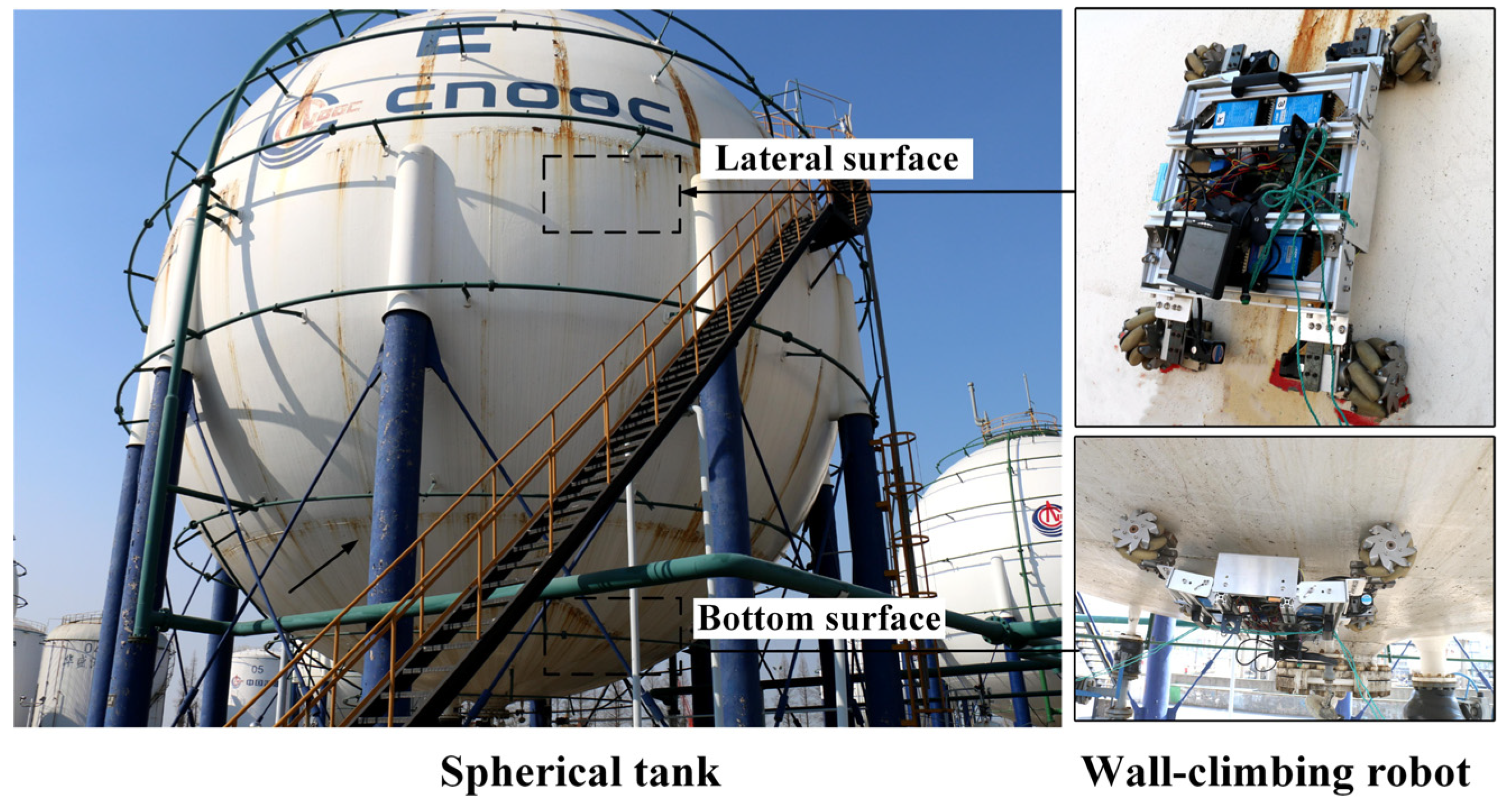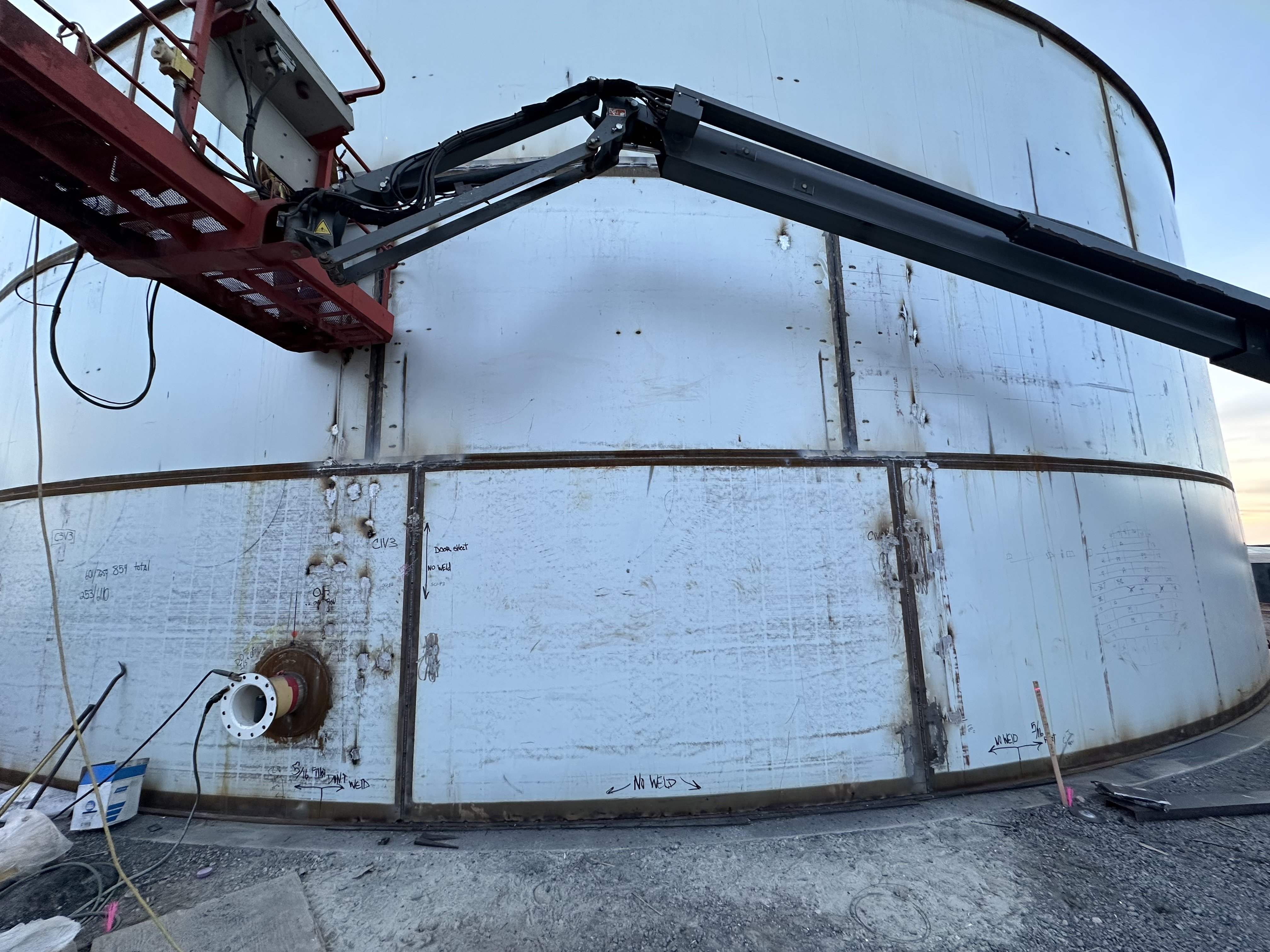Comprehensive Overview to Tank Welding Inspection for Safety and Quality
Comprehensive Overview to Tank Welding Inspection for Safety and Quality
Blog Article
Comprehensive Guide to Effective Container Welding Evaluation Techniques and Ideal Practices for High Quality Assurance
In the world of tank welding, extensive evaluation strategies are vital for safeguarding structural integrity and making sure conformity with industry guidelines. As we check out these crucial elements, it comes to be clear that a proactive assessment approach is not simply beneficial, but crucial for operational success in atmospheres dealing with hazardous products.
Relevance of Container Welding Assessment

Tank welding evaluation works as a preventative procedure, determining possible defects such as cracks, porosity, or incorrect joint penetration before they rise right into severe problems. Regular examinations not only abide by industry policies and criteria however also boost the long life of the containers, lowering the need for expensive repairs or substitutes.

Aesthetic Evaluation Strategies
Utilizing organized visual evaluation strategies is crucial for examining the top quality and integrity of welded joints in containers. This method functions as the initial line of protection in identifying prospective issues such as cracks, damages, and not enough penetration. The inspector must come close to the task with an eager eye, using ideal tools like amplifying glasses, flashlights, and mirrors to improve exposure.
Throughout the inspection process, the assessor should assess the weld profile, ensuring it complies with specified standards and guidelines (Tank Welding Inspection). This consists of checking out the grain width, height, and blend with the base material. Assessors should also pay close attention to the surrounding locations for indications of thermal distortion or contamination that may influence the weld's performance
Documents of searchings for is crucial; examiners ought to record any anomalies, classifying them by intensity for further evaluation. This systematic method not just help in instant flaw recognition yet likewise contributes to long-term high quality assurance by ensuring compliance with sector requirements. Routine training and calibration of visual assessment techniques further boost the integrity of evaluations, inevitably resulting in much safer and a wikipedia reference lot more sturdy container frameworks.
Non-Destructive Evaluating Methods
Non-destructive testing (NDT) methods are often utilized in tank welding evaluations to evaluate the integrity of bonded joints without endangering their architectural honesty. These strategies are important for identifying issues such as fractures, gaps, and inclusions that might result in devastating failures if left unseen.
Usual NDT methods consist of ultrasonic screening (UT), which uses high-frequency sound waves to detect inner flaws; radiographic screening (RT), using X-rays or gamma rays to visualize weld structures; and magnetic particle testing (MT), which discloses surface and near-surface stoppages in ferromagnetic materials (Tank Welding Inspection). Fluid penetrant screening (PT) is likewise widely made use of, efficient in discovering surface-breaking problems by using a fluorescent or color comparison dye
Each NDT approach has its particular applications and benefits, making it important for examiners to select the proper strategy based on the material and the kind of weld being assessed. The integration of these NDT techniques into the inspection process boosts the overall quality control structure, making sure that welded containers meet security and efficiency criteria. Inevitably, NDT plays an important function in maintaining the honesty and longevity of storage tank frameworks in different commercial applications.

Documents and Coverage
Ensuring extensive documentation and coverage throughout tank welding assessments is critical for maintaining compliance with market criteria and facilitating efficient interaction amongst stakeholders. Proper documentation functions as a detailed document of examination activities, findings, and any type of corrective actions taken throughout the welding process. This info is vital not just for quality control however likewise for audits and governing testimonials.

A well-structured evaluation report must include details such as the date of inspection, names of inspectors, welding procedures used, Discover More products utilized, and any deviations from developed requirements. Furthermore, photos and representations can improve the clarity of the record, supplying visual context to the searchings for. It is additionally vital to record any kind of non-conformities along with their resolution, ensuring that all stakeholders are educated of prospective dangers and the steps taken to reduce them.
In addition, maintaining a central data source for all evaluation reports permits for very easy access and review, cultivating a culture of openness and responsibility. By prioritizing meticulous paperwork and reporting, companies can not only maintain quality control however also reinforce their track record within the industry, eventually leading to improved security and functional effectiveness.
Continual Enhancement Practices
Constant enhancement practices are necessary for boosting the quality and performance of tank welding inspections. One reliable approach includes regular training and upskilling of examination employees to stay abreast of the most recent welding technologies and criteria.
In addition, making use of data-driven evaluation permits organizations to track assessment outcomes, determine fads, and pinpoint areas for enhancement. Using tools such as origin analysis can help in understanding the underlying problems resulting in problems, making it possible for targeted treatments. Furthermore, obtaining comments from evaluation groups and stakeholders produces a collaborative atmosphere that encourages innovative options.
Integrating innovative innovations, such as automated assessment systems and real-time monitoring, can dramatically improve the accuracy and speed of examinations. Regular audits of the inspection procedures also add to a society of accountability and continuous improvement. Eventually, these continuous improvement techniques not just boost the quality of storage tank welding assessments but additionally add to overall operational quality and consumer complete satisfaction.
Final Thought
In conclusion, reliable storage tank welding evaluation is critical for guaranteeing the architectural honesty and security of storage space systems, specifically those handling harmful materials. Utilizing a combination of aesthetic inspection strategies and non-destructive screening techniques facilitates the very early identification of check out this site problems, thereby keeping compliance with sector standards.
Report this page